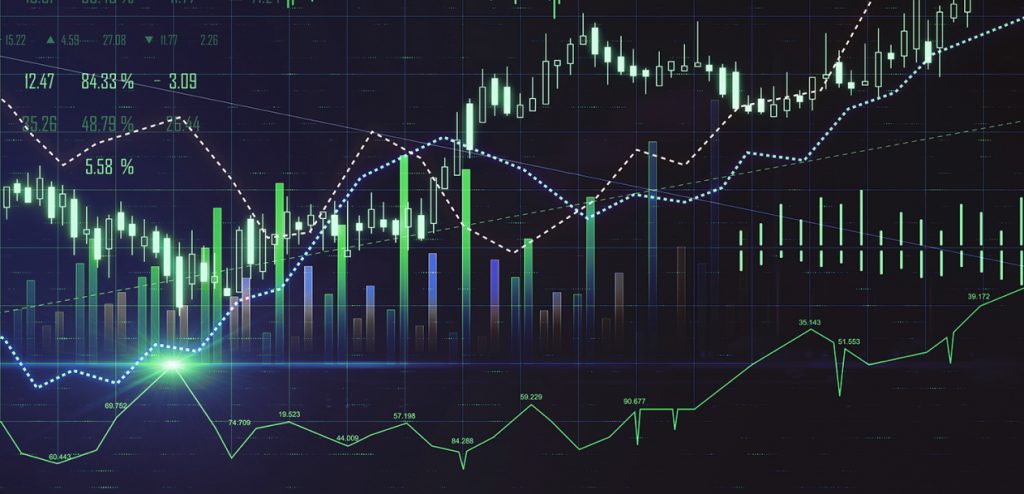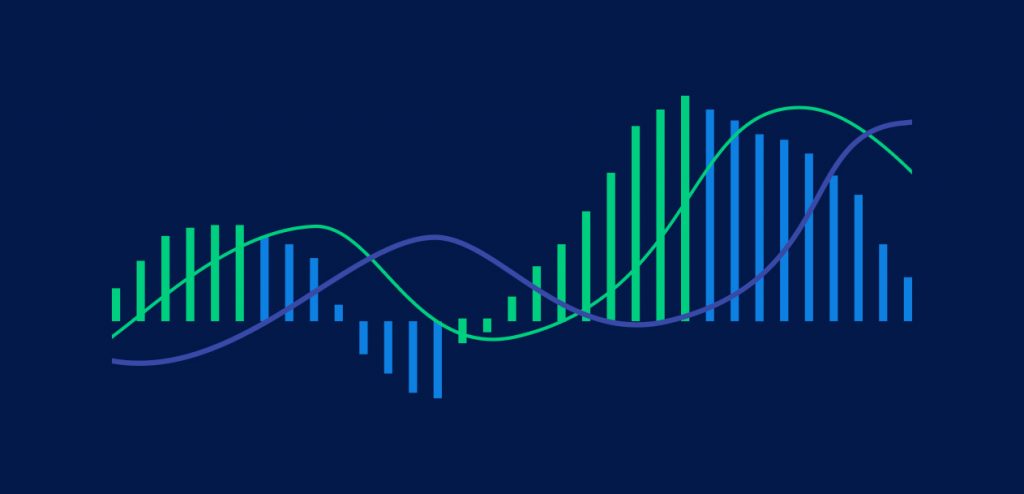Choosing the right strategy when trading in the Forex market is perhaps one of the most important things to consider for both beginners and seasoned traders.
Traders often analyse and take positions in a currency pair by using two strategies: trend trading and range trading. Both styles have their own merits and require a good understanding of how the market behaves. But for those who are in it for the long run, trend trading is a great strategy that you can potentially profit from.
What makes a trend in Forex?

A trend is simply an overall direction, whether upward or downward, formed because of price actions related to a currency pair. There are two ways that this can happen: a rising trend or uptrend when higher swing highs and higher swing lows are present, and a decreasing trend or downtrend when there are lower swing highs and lower swing lows.
Trends are visualised by drawing trend lines on charts. These lines can be drawn based on linear regression, or you may just connect at least three points and form peaks or troughs. Drawing on charts can give you an idea of price movements and limits, which may signal trend reversal or flattening once broken.
What does trend trading mean?
Trend trading is a technique that aims to make gains from an asset’s momentum towards a particular direction in the long-term. It assumes that the movement in a certain direction continues for quite some time. Thus, you can still take advantage of the current trend. This is a popular approach because traders usually find this strategy really simple, but can be combined with ranges to maximise your potential gains.
Trends are identified from Forex charts, marked by successive lower or higher trading ranges, that is either uptrend or downtrend. Under an uptrend condition, prices are rising. Hence, you enter into a long position or buy from the market. When the opposite is true, such that prices are declining, you can go short, or simply decide to sell.
The key is to determine the general price direction and then join the wave of lower lows or higher highs. Positions to be established will likely see larger price movements long-term while getting rid of losses from possible price breakouts within a specified range.
How are reversals and stop-losses identified?
Trends are prone to changes. Therefore, your trades are safer if you’ve established firm protection against reversals. Setting stop-loss orders is a way to lock in gains and avoid huge losses due to trend reversals.
Stop-loss can be defined as a prearranged order to either buy or sell should currency prices move above or below a predetermined level. It is important to consider the level at which stop-loss is set carefully. You might be locked out of more profits if the reversal turns out temporary. Other traders set a percentage level of price actions to come up with stop-loss levels that they’re comfortable with.
Identifying the bottom or top of a trend can be challenging. While reversals may cause losses, some traders prefer small losses with assured gains than going for the maximum profit or absolute low in the trend. To address this dilemma, techniques like double tops or double bottoms may be used. To apply these techniques, you look for a short-term low or a high point in your chart. If that particular mark does not surpass the support or resistance level on the next movement under the same direction, it can be taken as the beginning of a trend reversal.
Which technical indicators can help in trend trading?

-
Moving averages
A moving average can be computed by dividing the sum of closing prices for a certain number of periods by the number of periods taken. A widely used form is the 200-day average, which can represent nearly a year of actual prices. When the price exceeds the average, an uptrend may be present, while a downtrend may be indicated by a price lower than the average.
-
Regression channels
An algebraic formula is used to identify upper and lower support and resistance levels that likely accompany a median price line. The analysis falls under multiple time frames and shows where your price trend is heading over time.
-
Ichimoku cloud
This indicator integrates momentum, direction, and volatility of the data in measuring the strength of a given price trend. It also signals whether the identified trend is becoming stable or weak.
While prices tend to move within a range, trend trading is a reliable strategy when the Forex market hits a long-term trajectory in a particular direction. Your knowledge and tools to identify trends, take positions, and look for reversals and exit points will come in handy.
For better results, ask your broker for some advice on how to deal with the ever-changing Forex market.
Disclaimer: All material published on our website is intended for informational purposes only and should not be considered personal advice or recommendation. As margin FX/CFDs are highly leveraged products, your gains and losses are magnified, and you could lose substantially more than your initial deposit. Investing in margin FX/CFDs does not give you any entitlements or rights to the underlying assets (e.g. the right to receive dividend payments). CFDs carry a high risk of investment loss.




